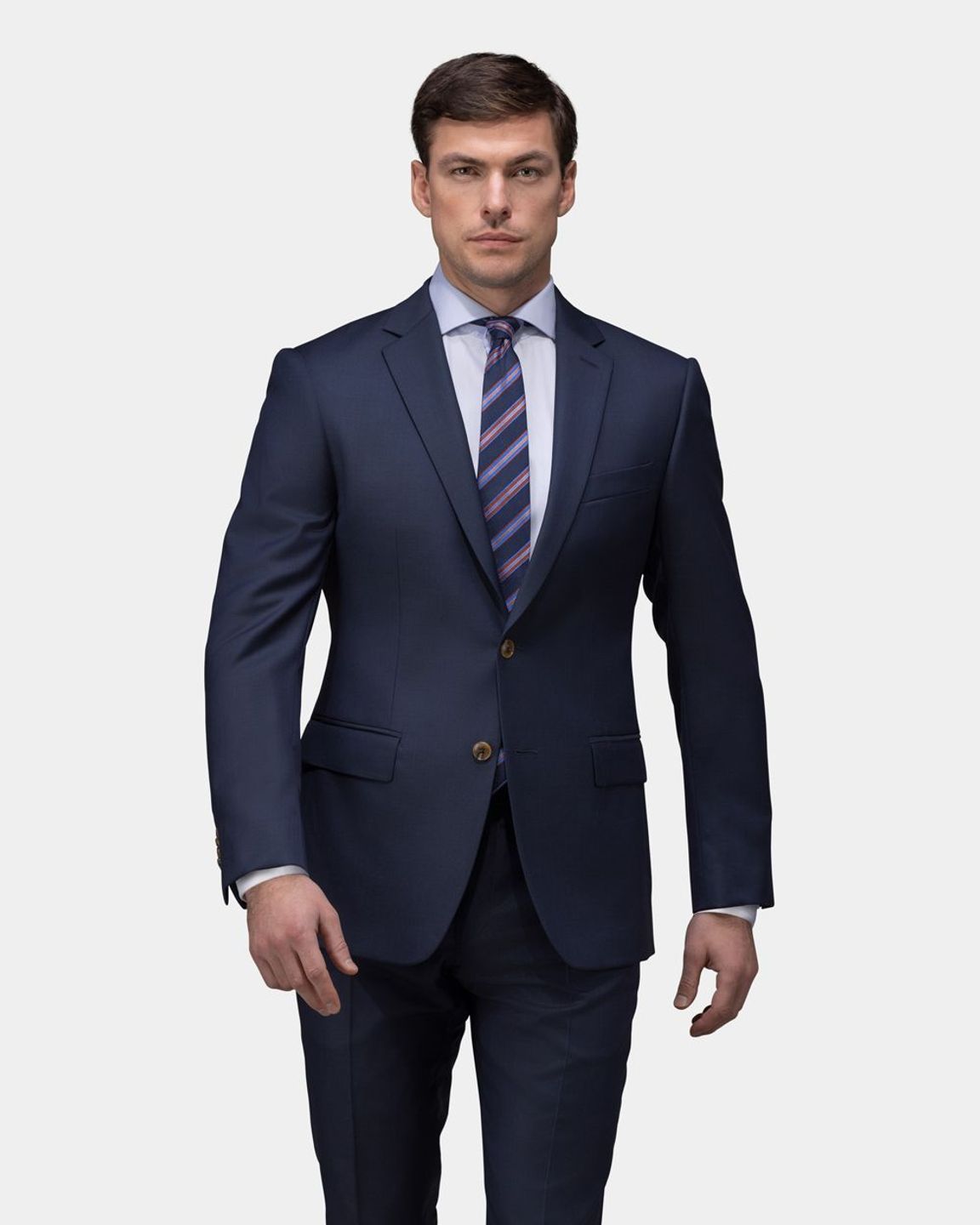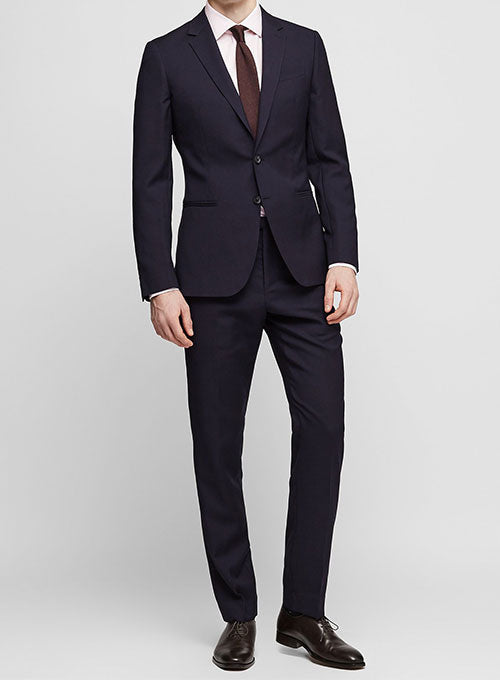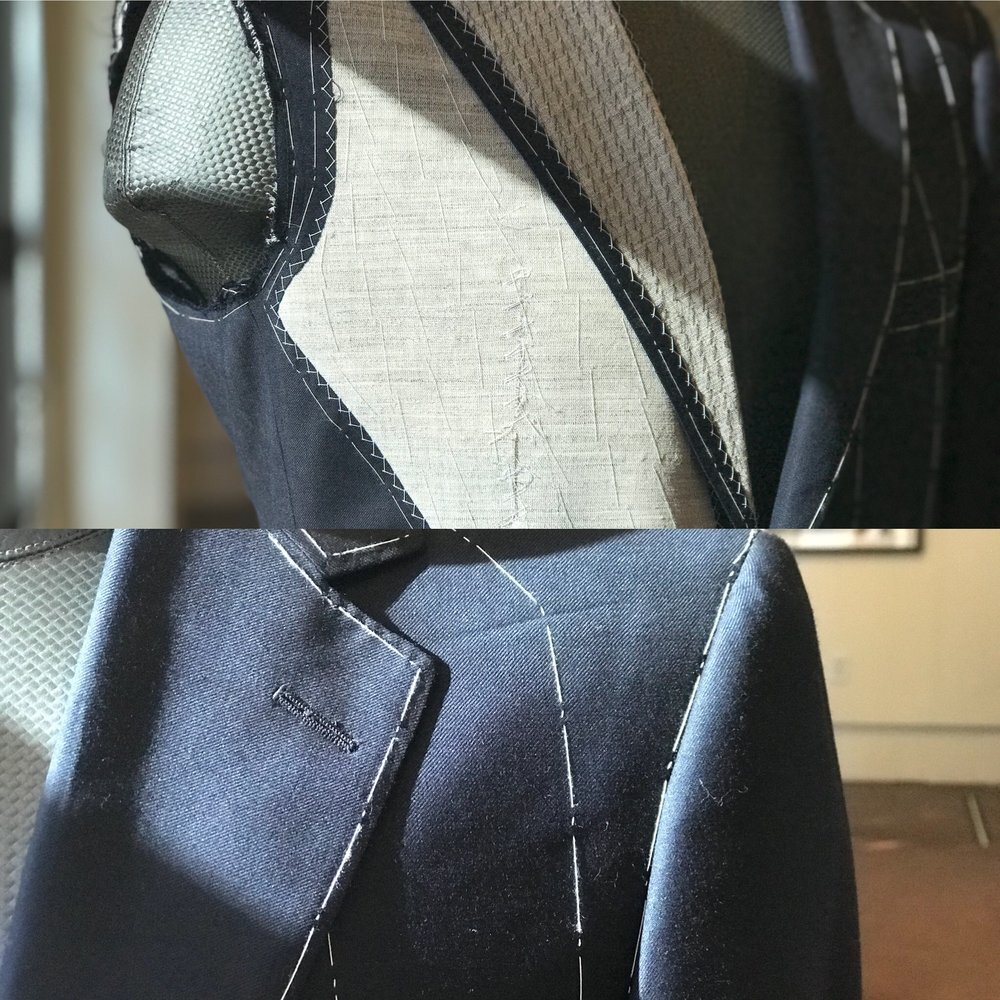Tailor Suits Perth: Discover the Perfect Suitable For Every Event
Tailor Suits Perth: Discover the Perfect Suitable For Every Event
Blog Article
Recognizing the Tailoring Refine: From Textile Choice to Last Fitting for the Suitable Closet
The tailoring procedure is a complex interaction of art and science, beginning with the crucial choice of textile option and culminating in the exact modifications of final fittings. Each textile type brings unique qualities that influence not just the visual charm but also the garment's durability and suitability for numerous occasions.
Importance of Material Selection
Selecting the appropriate fabric is essential in the tailoring process, as it straight influences the comfort, sturdiness, and total aesthetic of the final garment. The option of textile establishes the structure for the garment's efficiency, functionality, and style. Various materials have unique buildings, such as breathability, stretch, and weight, which can significantly affect exactly how the garment drapes and fits the body.

A tailored piece made from a suitable textile not just showcases craftsmanship but likewise raises the user's self-confidence. Consequently, recognizing the nuances of material selection is vital for any customizing undertaking. It makes certain that the last item not just fulfills the visual needs of the client but likewise straightens with functional requirements, consequently accomplishing a harmonious balance between kind and function in the tailored closet.
Kinds Of Fabrics and Their Usages
Understanding the various kinds of materials available is vital for making notified decisions throughout the customizing process. Each fabric possesses special attributes that dictate its viability for details garments and events.
Its flexibility permits it to be tailored into every little thing from t-shirts to outfits. Its natural flexibility aids garments keep shape over time.
Silk exudes high-end and is lightweight, making it perfect for eveningwear and delicate shirts; however, it calls for mindful handling as a result of its delicacy. Linen, with its textured surface, is a popular choice for warm environments, giving a crisp and airy feeling, yet it wrinkles easily, which may affect the garment's look.
Artificial materials, such as polyester and nylon, offer longevity and resistance to wrinkles, making them ideal for day-to-day wear and active clothing. Recognizing these fabric types and their residential or commercial properties permits much better decision-making, making sure that each tailored piece not just fits well yet additionally lines up with the desired purpose and event.
The Tailoring Techniques Described
The art of tailoring depends on a variety of methods that transform material into well-fitted garments. Central to this process is pattern drafting, where a dressmaker creates design this content templates based upon the customer's dimensions and desired design. This first action makes sure that the garment will fit the user effectively prior to any type of reducing happens.
Once patterns are developed, reducing strategies come right into play. Precision is paramount as errors can bring about misfitting garments. Tailors commonly use different reducing methods, such as single-layer reducing for intricate styles and multiple-layer reducing for performance on typical patterns.
Basting is an additional vital method, permitting tailors to temporarily stitch textile assemble for a preliminary fitting (tailor suits perth). This technique offers the opportunity to evaluate the drape and general silhouette prior to final sewing
Seaming methods, including flat-felled seams and French joints, improve the garment's longevity and visual charm. Tailors additionally use methods such as interfacing and cushioning to supply framework and shape to particular locations, like collars and shoulders.
Lastly, finishing techniques, including hemming and side completing, make certain the garment's long life while giving a sleek look. With each other, these techniques form the foundation of effective tailoring, leading to elegant, custom-fit apparel.

Fitting Changes and Considerations
After the preliminary tailoring strategies have been applied and the garment is constructed, fitting changes come to be paramount to accomplishing the perfect fit. These adjustments deal with numerous aspects of the garment, guaranteeing it contours to the wearer's physique and boosts overall look.

The rise of pants is another essential aspect; it ought to sit conveniently above the hips without causing pain, permitting simplicity of activity. Hemming sizes for both trousers and skirts must mirror the user's recommended style while appreciating percentages.
In addition, interest ought to be offered to the back of the garment, making certain that there are no unsightly pulls or excess material - top tailor perth. Each change must be diligently considered, as even minor modifications can significantly influence the general fit and aesthetic of the tailored item, ultimately leading to a wardrobe that radiates confidence and elegance
Maintaining Your Tailored Clothes
Always follow the review treatment tag directions, which might suggest completely dry cleaning for fragile fabrics or machine cleaning for more resilient products. Stay clear of constant laundering, as this can put on down the fabric and modify the garment's form.
Storage space is similarly important; use padded wall mounts for coats and layers to keep shoulder structure, and shop pants folded neatly or hung to stop creasing. Protect garments from straight sunlight, which can discolor shades and damage fibers.
Additionally, routine inspections for small fixings can prevent larger concerns. Look for loosened switches, tearing seams, or indications this post of moth damages, addressing these problems without delay to preserve the garment's integrity.
Last but not least, take into consideration seasonal rotation. Using tailored items in small amounts allows fabrics to recover, prolonging their life expectancy. By carrying out these upkeep techniques, you can guarantee that your customized garments continue to be as excellent as the day you initially wore them, enhancing your suitable wardrobe for several years to find.
Verdict
The tailoring process, incorporating material option, knowledgeable methods, and exact suitable modifications, plays a critical function in producing garments that enhance both comfort and design. Each phase contributes to the overall efficiency of the last product, making sure that garments not only fits well however also mirrors specific identity. Moreover, recognizing the relevance of upkeep prolongs the life of customized garments, solidifying their value in a well-curated wardrobe. An extensive method to tailoring finishes in a polished and positive look.
Report this page